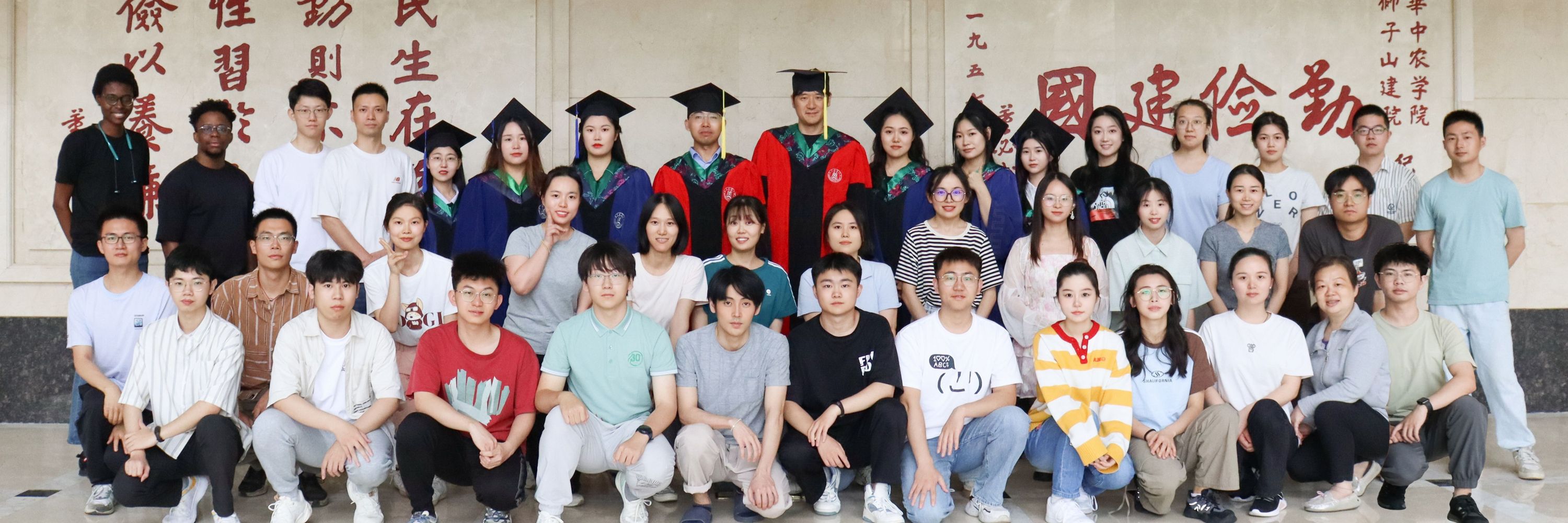Kenichi Tsuda
@kenichitsuda.bsky.social
1.8K followers
150 following
130 posts
🇨🇳Professor@HZAU←🇩🇪GL@MPIPZ←🇺🇸PD@UofMinnesota←🇯🇵PhD/MS/BS@HokkaidoU
Plant-microbe interactions
Highly Cited Researcher (ISI Web of Science)
Chinese Government Friendship Award and Chime Bell Award
https://plantimmunity.hzau.edu.cn/
Star Trek, football lover
Posts
Media
Videos
Starter Packs
Reposted by Kenichi Tsuda
Reposted by Kenichi Tsuda
Reposted by Kenichi Tsuda
Reposted by Kenichi Tsuda
Reposted by Kenichi Tsuda
Reposted by Kenichi Tsuda
Reposted by Kenichi Tsuda
Reposted by Kenichi Tsuda
Reposted by Kenichi Tsuda
Reposted by Kenichi Tsuda
Reposted by Kenichi Tsuda
Reposted by Kenichi Tsuda
Reposted by Kenichi Tsuda
Reposted by Kenichi Tsuda
Reposted by Kenichi Tsuda
Reposted by Kenichi Tsuda















